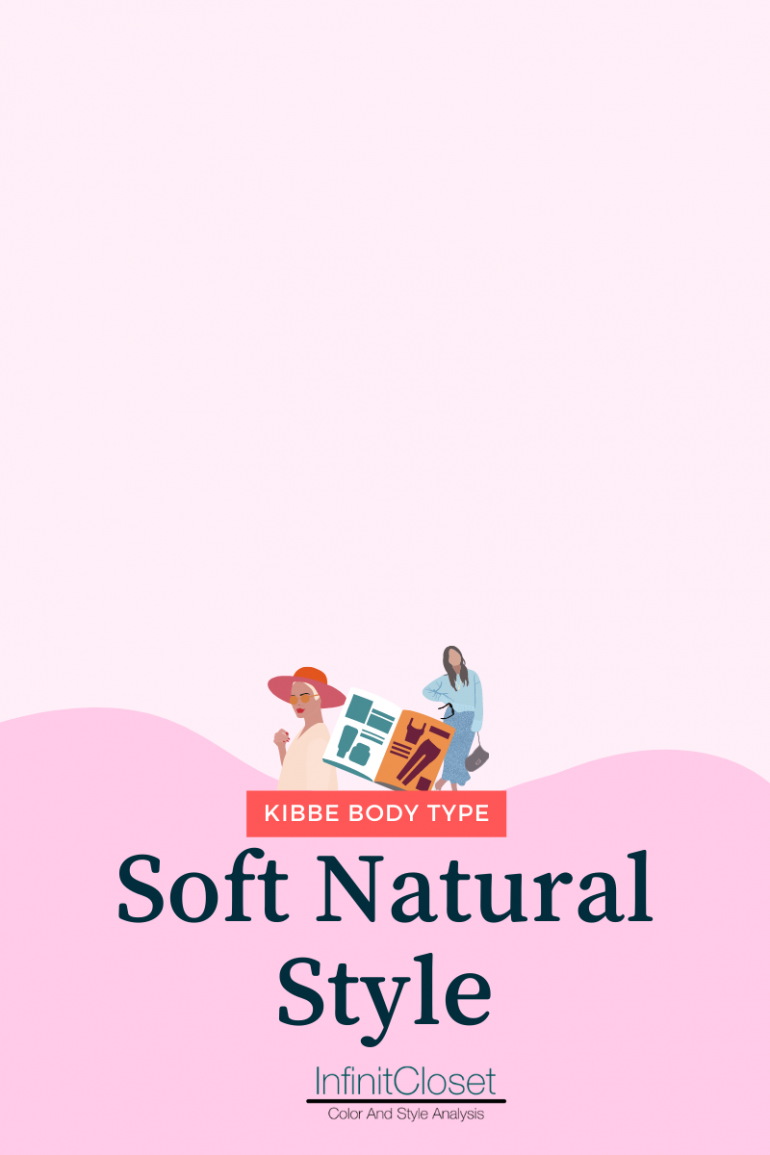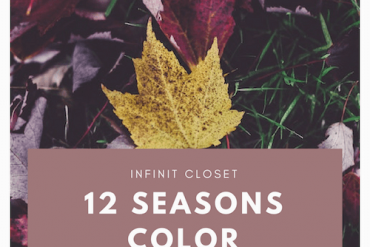If you’ve tried on fabrics and realized that no matter what size you get, it won’t look right, you might not be shopping for your body type.
Many people struggle with this issue. Whether it’s that you’re too short to wear a Maxi dress or skinny jeans that don’t hug your curves the way you want, it can be frustrating.
Here, we’ll be specifically focusing on the soft natural Kibbe body type. We look at the features that define someone as a Kibbe soft natural and discuss what style characteristics best suit this body type. We’ll even go over some tips for making specific lines work for soft naturals.
Soft Natural Body Type Characteristics
Let’s start by looking at the characteristics that define a person as belonging to the Kibbe soft natural body type. As we identify these feature, keep in mind that these are more guidelines than fixed rules. One could still be a soft natural even if they don’t match up exactly on every single characteristic, as long as they fit into the overall theme.
Height
The soft natural height is typically on the shorter to medium end. Soft natural height usually does not exceed 5 feet 7 inches.
Bone Structure
Soft naturals often have a slightly angular bone structure. They tend to have somewhat broad bone structure, and their limbs are usually on the short side. This means that their arms and legs are usually shorter than average. Their shoulders tend to be narrower than most other body types.
Fleshiness
The Kibbe soft natural body type features slight soft and fleshy body type. They tend to exhibit curves and fleshiness in their upper arms and thighs and often have a slight hourglass figure.
Weight
Individuals who fall into this Kibbe body type with above-average weights will likely store their excess weight predominantly in the hips, thighs, and upper arms.
Facial Features
Soft naturals often have full and rounded facial features, and they can have soft cheeks and any hair texture. In terms of coloring, people in this classification usually exhibit a blend of warm and cool tones.
Soft Natural vs. Soft Classic
The soft natural Kibbe body type is often confused with the soft classic style kibbe body type. The most notable difference is the bone structure when distinguishing between soft natural vs. soft classic body type.
This Kibbe type also has a slightly angular bone structure, while the soft classic type usually has rounded bones rather than angular ones.
Style Recommendations for Soft Naturals
Each of Kibbe’s body types comes along with guidelines for achieving an ideal fashion aesthetic. The idea is to cater the style of the clothing to the person wearing the clothes.
Silhouette and Shapes
For the soft natural Kibbe type, asymmetric, rounded, and curved garments tend to be the most suitable. Any geometric feature, chunky, or widely shaped garments are best to avoid.
Gentle Silhouette should have a shaping structure, and details should be loose and delicate.
Textures and Colors
Plushy fabric with soft textures are ideal for soft naturals, and wearing separate pieces with contrasting textures is encouraged.
Accessories
When selecting accessories for your wardrobe, it is best to favor light, delicate pieces over clunky and oversized jewelry. You want to achieve a sense of creative expression without going too far as to appear tacky. Balance is key.
As for purses, you want to look for a handbag that is moderate in size and has a rounded shape or wear a soft cowl. Harsh geometric shapes will clash and look odd.
Kibbe Soft Natural Garment Guide
The previous section focused on general guidelines for creating the fashion aesthetic that works best for a soft natural body type. Here, we’ll look at some advice for selecting or creating specific sheer fabrics while keeping your Kibbe type in mind. Let’s see what kinds of jackets, dresses, and blouses will feel most at home in your wardrobe.
Jackets
When it comes to outerwear, you should try to wear jackets that are loose and reconstructed. They should show the waist without drawing too much attention to it.
Try finding a jacket that has a loose enough structure to reveal the waist while still draping around the body. Avoid jackets that are too heavy, too long, or overly tailored.
Skirts
Pencil skirts , long skirts, and symmetrical skirts are best to avoid.
Instead, opt for short, straight skirts. They should be fine, especially if they have an even hem.
Pants
For pants, look for trousers that are light and easy to drape. Some ornate detail or creative trim can accentuate the plush fabric well while complementing your body type.
Avoid pants that are severely tailored, too wide, or shapeless, as these can be rather unflattering.
Blouses
Soft naturals look best in blouses that flow and drape easily. Open-necked blouses and camisoles are always a good choice.
Some detail will enhance the overall look, but it shouldn’t be too flashy. Stiffer fabric blouses are better off to avoid.
Dresses
Dresses for the soft natural body type should be flowing and loose and should also accent the waist in some way. Any detail is best for the bottom half of the dress rather than the top.
Avoid anything heavy styles or symmetrical. Instead, you want to favor a billowy alternative.
Conclusion
There you have it! A basic overview of style guidelines for the Kibbe soft natural body type. If you stick to these simple suggestions, you can curate your fashion choices to work perfectly for your physique and personal style.
For more style recommendations related to other Kibbe body types, click a similar article on our website!


